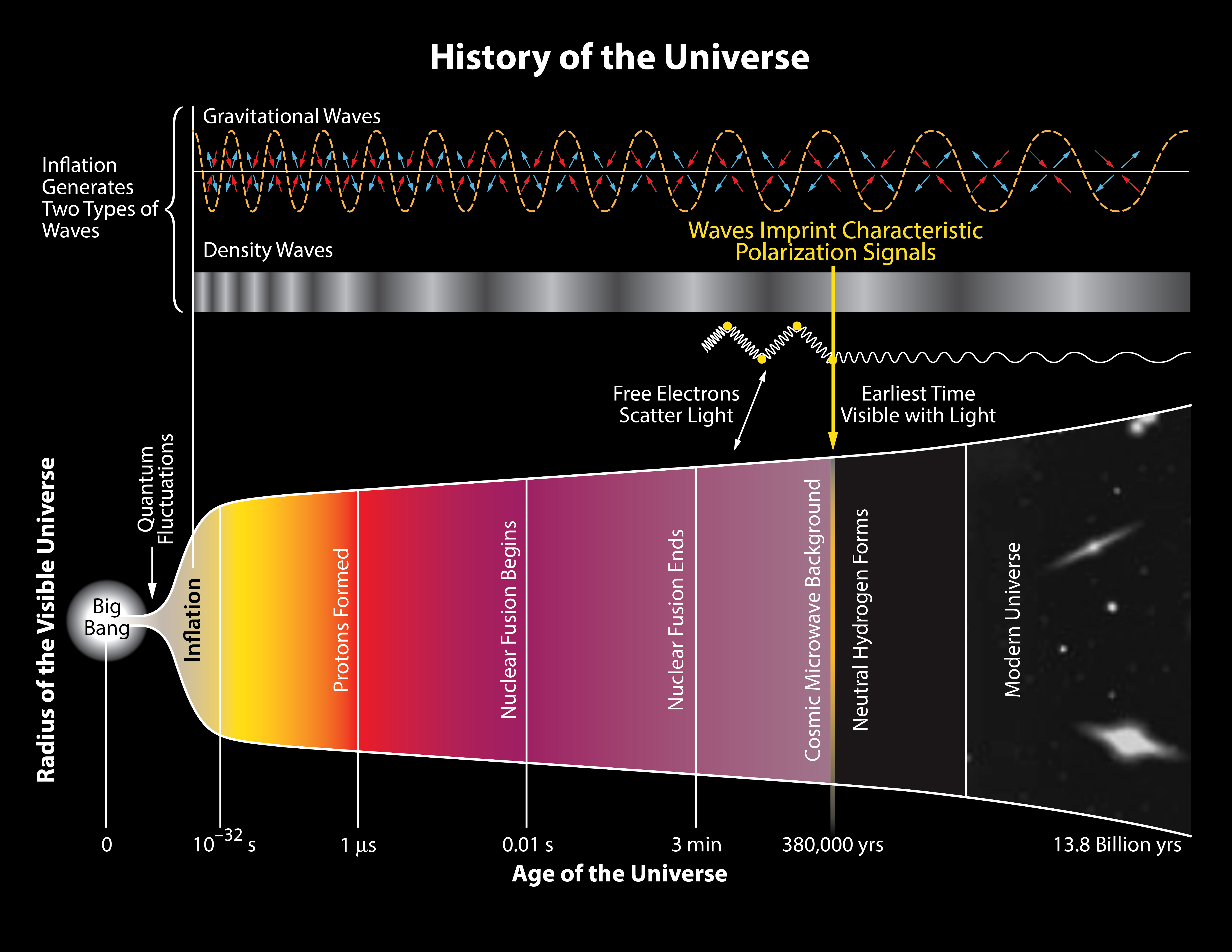Why is our urine yellow? It's almost as basic a question as "why is the sky blue?" And yet, the answer to the first question has been surprisingly elusive. Until now.
Perhaps it's slightly disingenuous to say we don't know why our urine yellow. We've actually known for over a hundred years that urobilin is the specific chemical compound responsible for that yellow coloration, and that the more well hydrated you are, the lower the urobilin concentration and the clearer the stream.The question we didn't know is where the urobilin comes from, and that's the question a team of researchers from the University of Maryland have answered. And as with so many health-related issues, it all comes down to your gut microflora. Those little guys show up in so many places, being linked with diseases as varied as inflammatory bowel disease (duh), allergies, diabetes, and even depression.
So, what's the gut microflora's role in this little escapade? To answer that question, we actually have to go even deeper into the body, right down to the blood that pumps through our veins. Red blood cells don't last forever. And as they degrade, they secrete a bright-orange chemical called bilirubin, which is moved into the gut so it can be excreted, reabsorbed, or in this case repurposed into something else.
In this case, our gut microflora process the excess bilirubin by producing an enzyme, bilirubin reductase, that changes bilirubin into a byproduct called urobilinogen. If that sounds a lot like our original culprit urobilin, it should; urobilinogen doesn't last long before it spontaneously degrades into urobilin.
While this newfound urine origin story is very cool, the researchers went a step further and investigated the urine of multiple people, finding that bilirubin reductase is actually often missing from both newborns and people with inflammatory bowel disease. Could we be looking at a potential means of treatment for gut-related diseases? Perhaps, but the researchers noted this is merely the foundation for further research, not an end goal. Typical scientists, they're going to make us all sit through an entire 3-hour movie before we can cure all our pee-based diseases, and we don't even get intermissions anymore. That bathroom is going to be FULL when the movie ends.


